
What is an EMC Immunity Test?
Definition of Electromagnetic Compatibility (EMC) and Radiated Immunity
Electromagnetic compatibility (EMC) refers to the ability of a device or system to operate as intended in its electromagnetic environment without causing intolerable electromagnetic interference to other devices in that environment. EMC consists of two key aspects:
1. The electromagnetic interference (EMI) emitted by the device during normal operation must not exceed specified limits.
2. The device must have a certain level of immunity (electromagnetic susceptibility) to external electromagnetic disturbances in its environment.
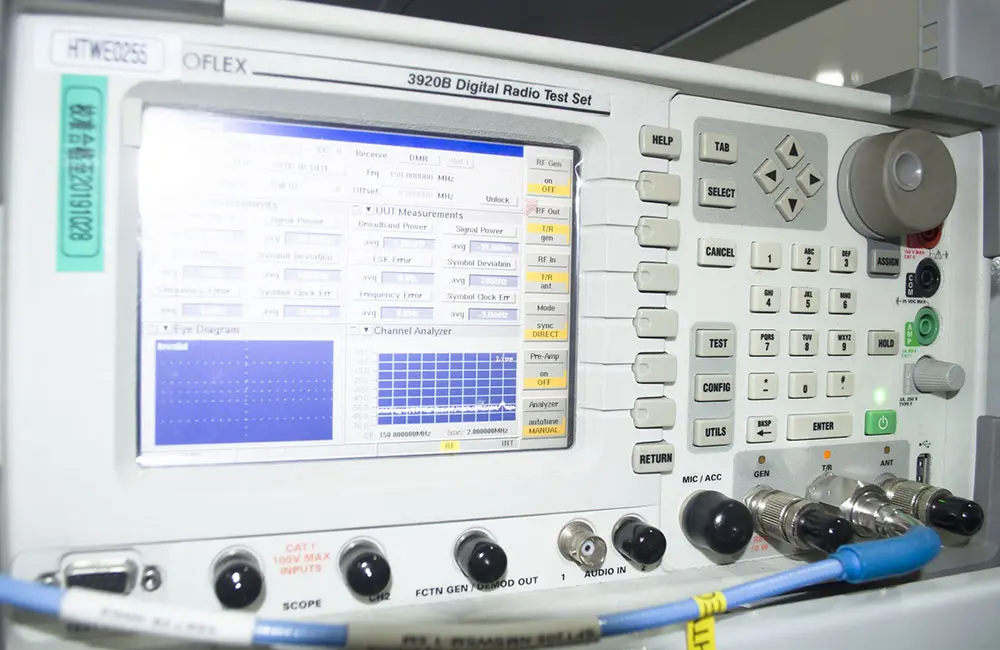
Radiated immunity testing is a method used to assess the ability of electronic equipment to withstand electromagnetic field interference. This test involves simULating real-world radiation interference sources by radiating amplified signals in a controlled test environment, then measuring and recording the device’s response to evaluate its immunity performance.
Importance of EMC Immunity Testing
EMC immunity testing is a crucial step for consumer electrical products before entering international markets. Any natural or man-made electromagnetic interference can potentially damage other electronic devices operating in the same environment.
Sensitivity to electromagnetic or radio frequency (RF) interference can pose significant risks and safety hazards to operators. This is why electromagnetic susceptibility (EMS) testing is essential for equipment used in industrial, maritime, and medical environments. Key system components such as control, navigation, monitoring, communication, and alarm systems must meet electromagnetic immunity standards to ensure continuous and reliable operation.
China’s JJR Laboratory offers comprehensive EMS testing and emc certification services, ensuring that various types of products comply with global regulatory requirements.
EMC Immunity Tests Include:
- Electrostatic Discharge (ESD)
- Radiated or Conducted RF Interference
- Electrical Fast Transients (EFT)
- High-Energy Surges
- Power Frequency Magnetic Fields
- Voltage Dips, Interruptions, and Variations
- Power Frequency Variations
- Conducted Low-Frequency (LF) Interference
- Ring Waves
- Harmonics and Interharmonics
- Ripple
Radiated Immunity Testing Methods and Standards
Radiated immunity testing typically follows international standards such as ISO 11452-2 and IEC 61000-4-3. The testing process requires specialized equipment, including a signal generator, power amplifier, transmitting antenna, field strength measurement, and data recording devices.
There are two main testing environments:
1. Open Area Test Site (OATS) – This method requires a spacious, flat outdoor test area. However, due to background electromagnetic noise and varying weather conditions, it no longer meets modern testing requirements.
2. Electromagnetic Shielded Room (Anechoic Chamber) – This controlled environment effectively blocks external electromagnetic interference and prevents internal electromagnetic energy from leaking. It provides a reflection-free test environment, ensuring accuracy and repeatability in test results.
Email:hello@jjrlab.com
Write your message here and send it to us
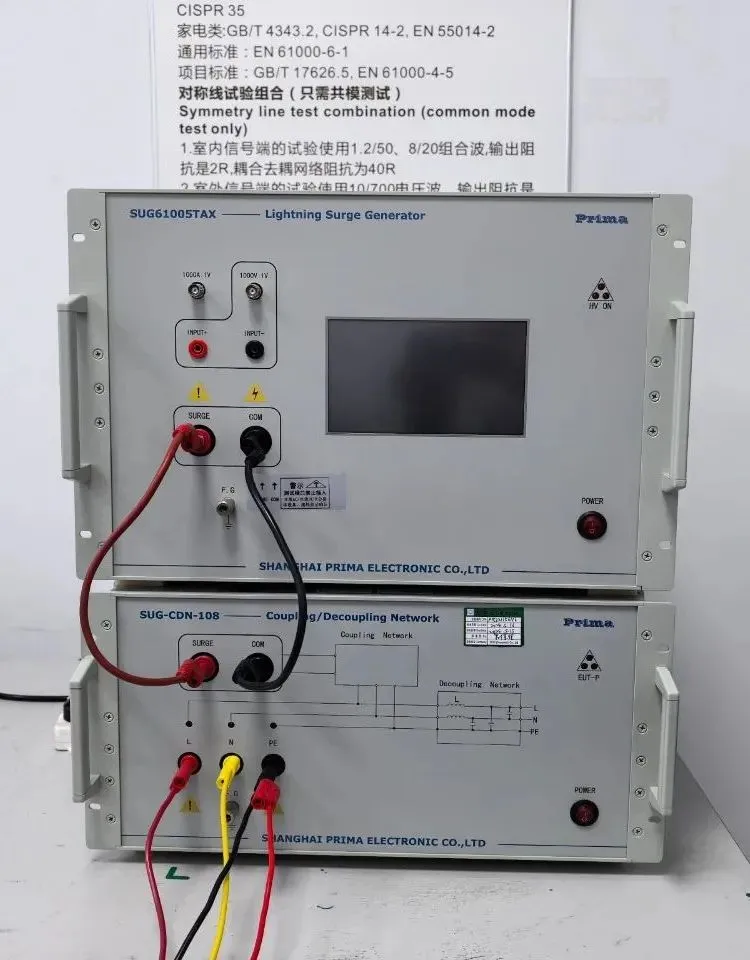 What Are the Testing Items of California Propositi
What Are the Testing Items of California Propositi
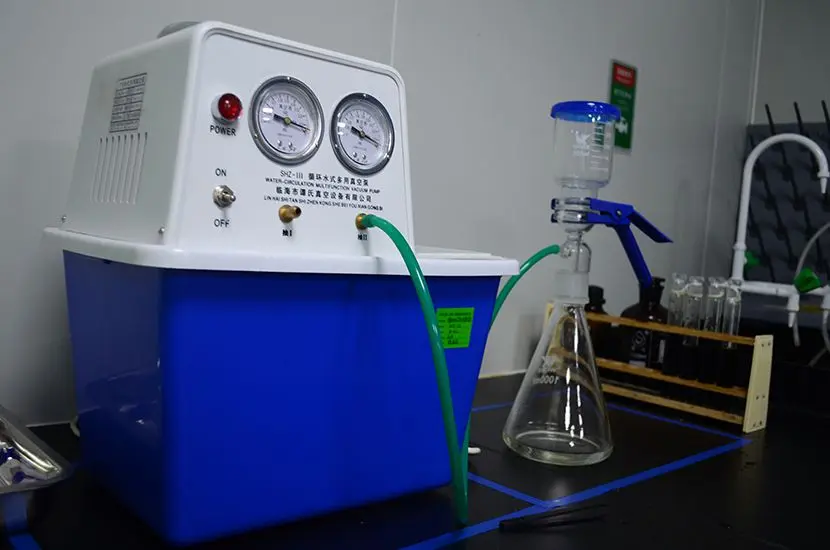 E-Cigarette EU TPD Testing
E-Cigarette EU TPD Testing
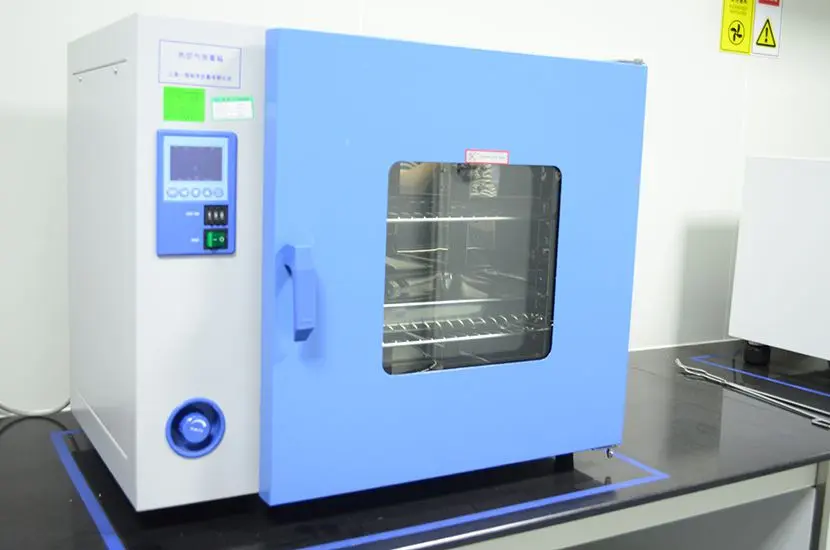 Testing Certification for E-cigarettes Exported to
Testing Certification for E-cigarettes Exported to
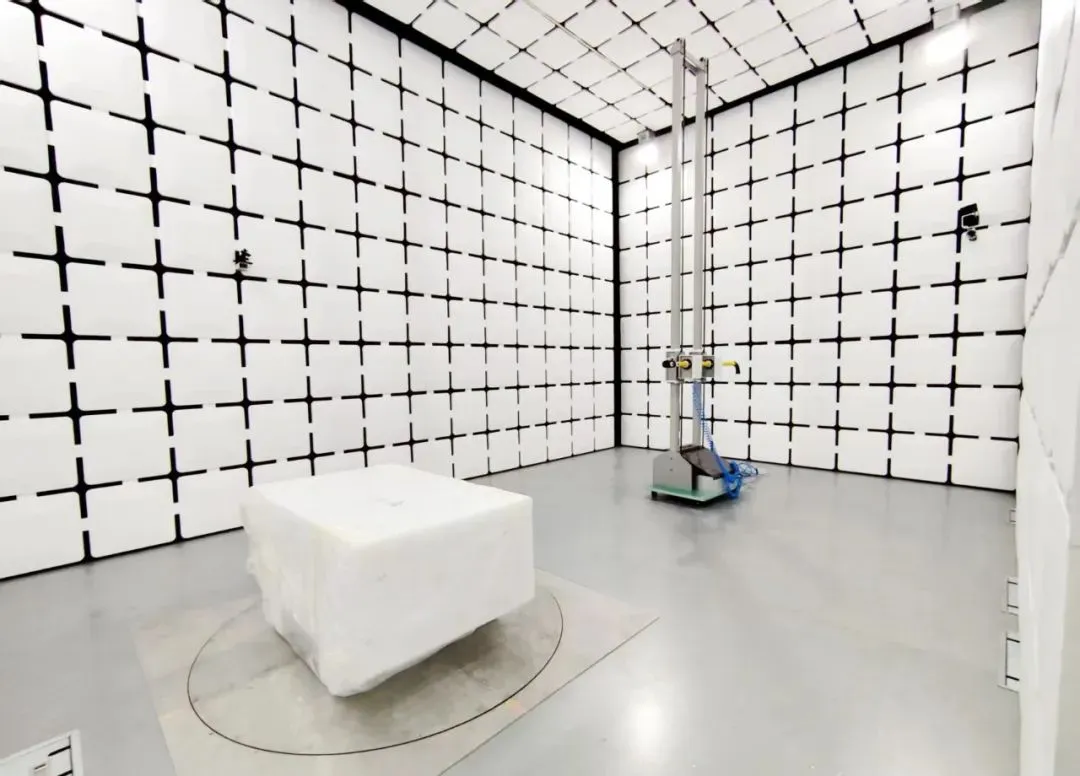 What is Amazon US CPC Certification?
What is Amazon US CPC Certification?
 UK Toy Safety Regulation Standard EN 71-13
UK Toy Safety Regulation Standard EN 71-13
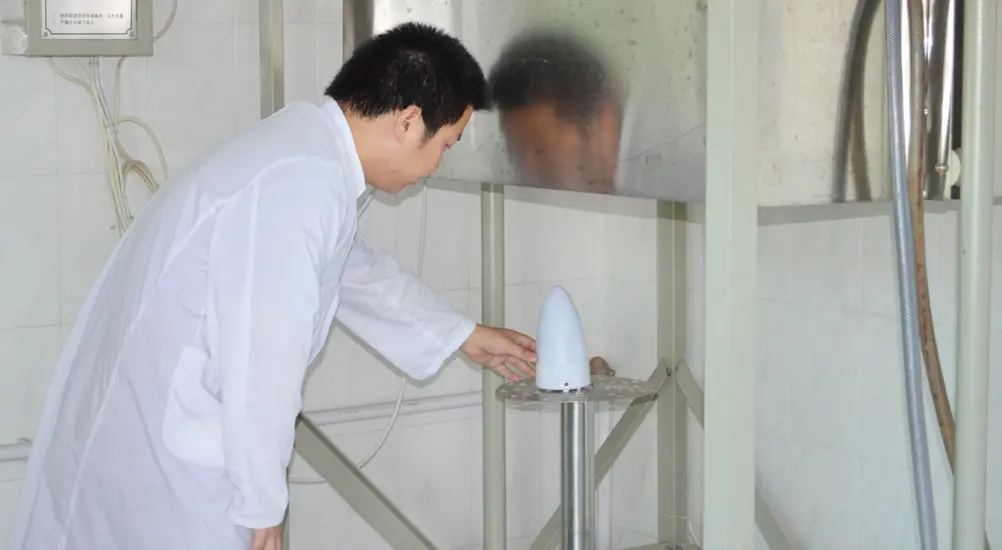 What is EU UFI Registration?
What is EU UFI Registration?
 EU UFI Registration for E-cigarette E-liquid
EU UFI Registration for E-cigarette E-liquid
 How to get the MSDS Report for Electronic Cigarett
How to get the MSDS Report for Electronic Cigarett
Leave us a message
24-hour online customer service at any time to respond, so that you worry!




